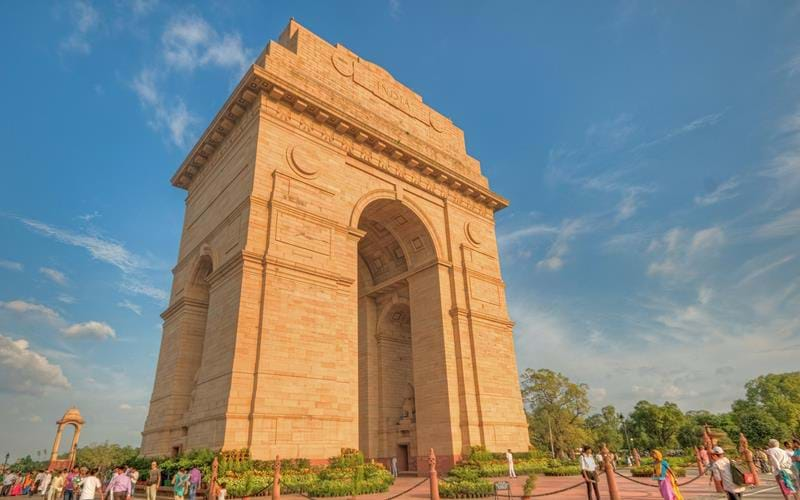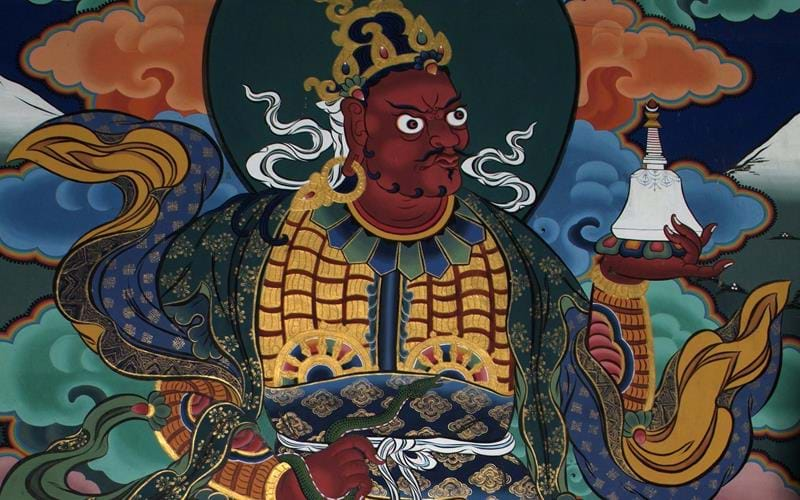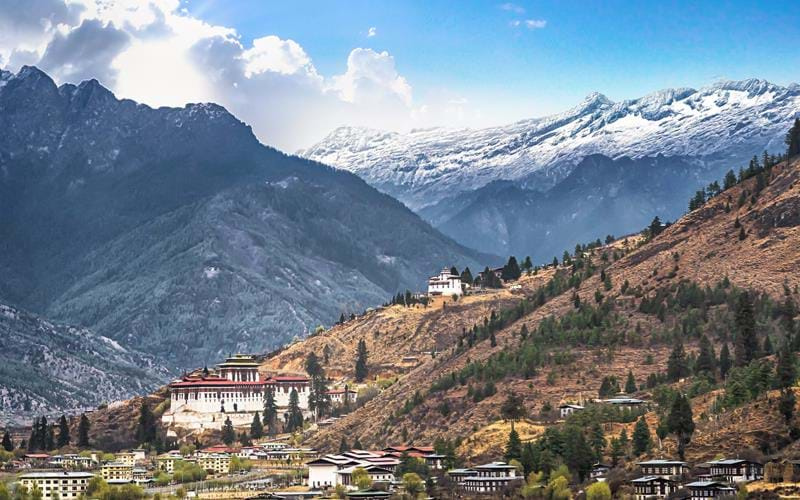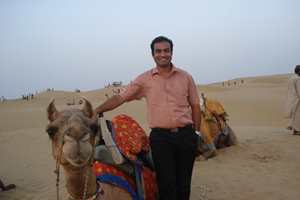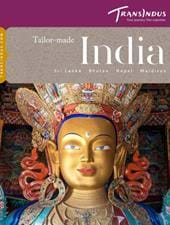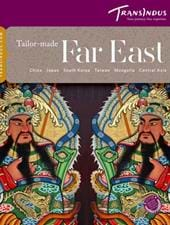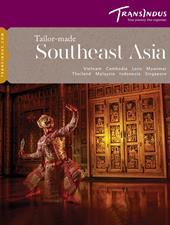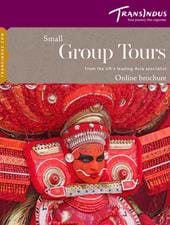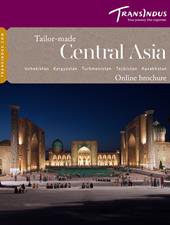Tailor-made Tour 17 days from £8125 per person
Places Visited: Delhi, Paro, Thimphu, Punakha, Gangtey, Bumthang, Trashigang, Guwahati
Explore the more remote, rural east of the country on this two-week tour starting in Delhi. Grandiose, forested valleys ringed by shining ice peaks, pretty, typically Bhutanese farmsteads, and the most spectacular dzongs in the country provide ample incentive to make the journey east, which crosses the highest motorable road in the region to reach a corner of the Himalayas visited by few outsiders.
Holiday Types
Cultural Holidays Wildlife Holidays Honeymoons Adventure Holidays
Suggested itinerary
UK - Delhi
Fly overnight from London Heathrow to Delhi.
Accommodation Options
Delhi
Arrive into Delhi today and meet your TransIndus driver who will transfer you to your hotel. Spend the remainder of the day at leisure or consider heading out to explore the capital.
Accommodation Options
Delhi - Paro
On arrival in the morning, you’ll transfer to a connecting flight to Paro, where you’ll stay for two nights.
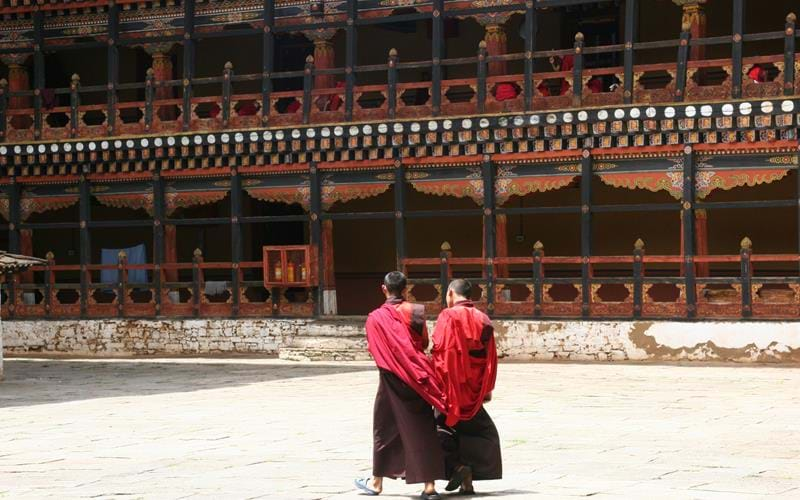
Shops, restaurants and offices in richly carved traditional buildings line the main street of Paro, where two of eastern Bhutan’s main rivers meet. The town is best known locally for the splendid Rinpung Dzong, overlooking the river, whose most valuable possession is a giant embroidered tapestry, or thondrol (thangka), depicting the dzong’s founding father, Guru Rincpoche; the treasure is unrolled only once a year on the morning of the annual tsechu (festival). On the hill behind rests the National Museum in a beautifully restored watchtower, the Ta Dzong, built in the 1650s to guard Paro’s dzong.
Accommodation Options
Paro
Sightseeing in and around Paro town today includes a trip out to the iconic Tiger’s Nest Monastery.

Bhutan’s most photographed monument, the Taktshang Monastery, commonly known as the ‘Tiger’s Nest’, is wedged into a lofty cliff nearly a vertical kilometre above a forested valley. Rock-cut steps and rickety bridges connect its four wings, whose golden pagoda roofs, fluttering prayer flags and distempered walls are dwarfed by the vista of forested hills and snow-capped mountains unfolding on all sides – a spectacle worth the journey to Bhutan alone!
Accommodation Options
Paro - Thimphu
Drive to Thimphu, capital of Bhutan, for a two-night stay.
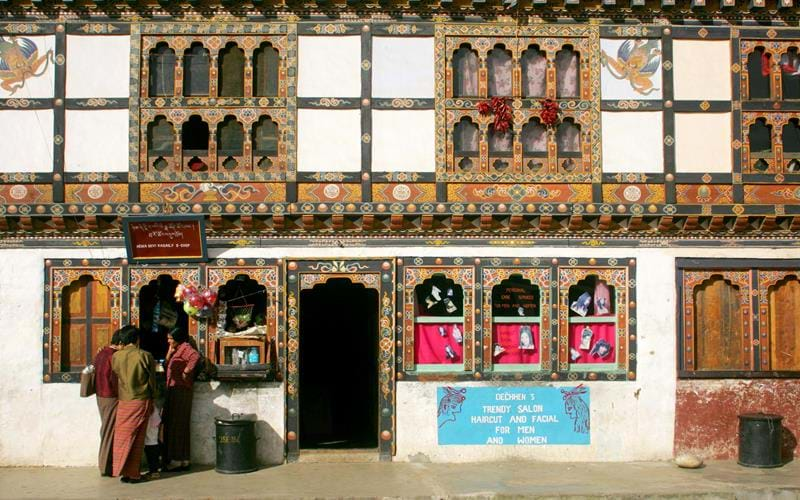
Thimpu became the nation’s capital in 1961, since when it’s swollen to a town of around 80,000 people – the perfect place to get to grips with life in modern Bhutan.
Accommodation Options
Thimphu
A full day’s sightseeing in and around Thimphu today starts with a visit to its famous dzongs..
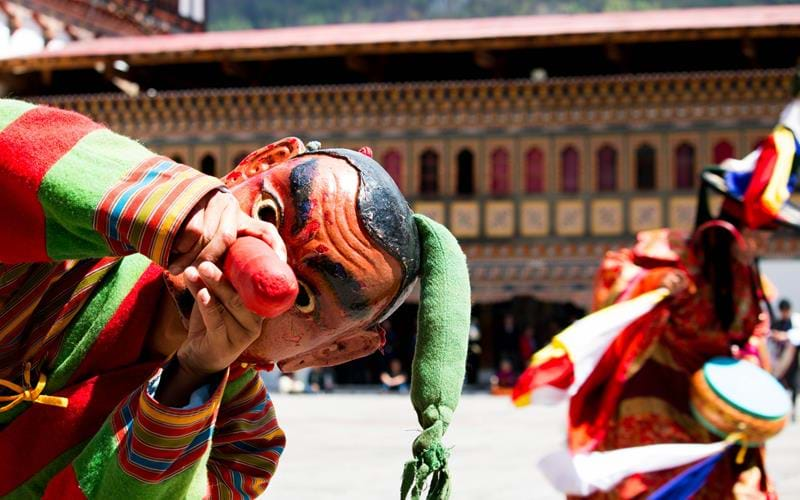
During the fifth day of your trip you’ll tour the Bhutanese capital’s impressive dzongs (fortress-monasteries), the King’s Memorial chorten, Buddhist painting school and national folk museum, made of rammed earth to resemble a traditional farmstead. In the city’s market, your guide will point out local delicacies such as jellied cow skin and fried fern, and don’t miss the chance to touch a takin, Bhutan’s national animal, which looks like a cross between a cow and a goat and survives in the nearby Mothitang Reserve.
Accommodation Options
Thimphu - Punakha
Drive east to Punakha for a one-night stay, visiting the local Dzong (fortified monastery) in the afternoon.
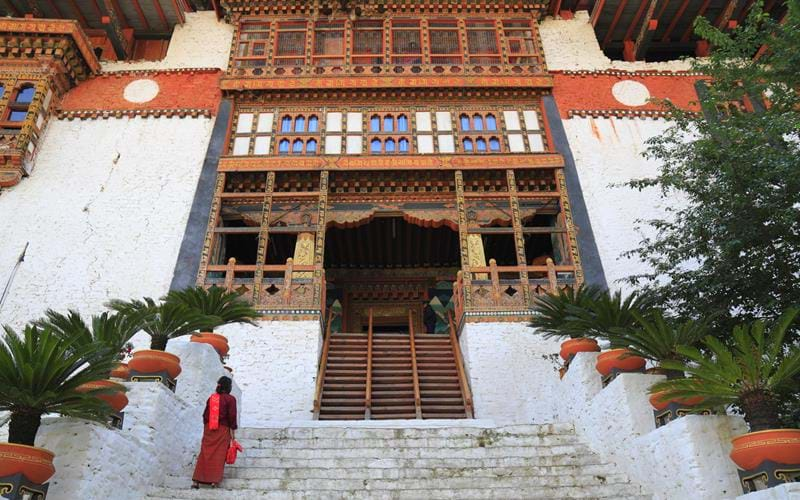
Around 25km east of Thimphu, Punakha is the home of one of the country’s most beautiful monasteries, built around 1638 at the confluence of two rivers. The complex is a showcase of Bhutanese craftsmanship, with a particularly impressive assembly hall featuring fine clay statues and intricate murals. The dzong also hosts a well-known festival, during which an enormous thondrol ‒ an extraordinary appliquéd sacred banner ‒ is unfurled, conferring merit on all who see it.
Accommodation Options
Punakha - Gangtey
Drive to Gangtey today for a two-night stay.
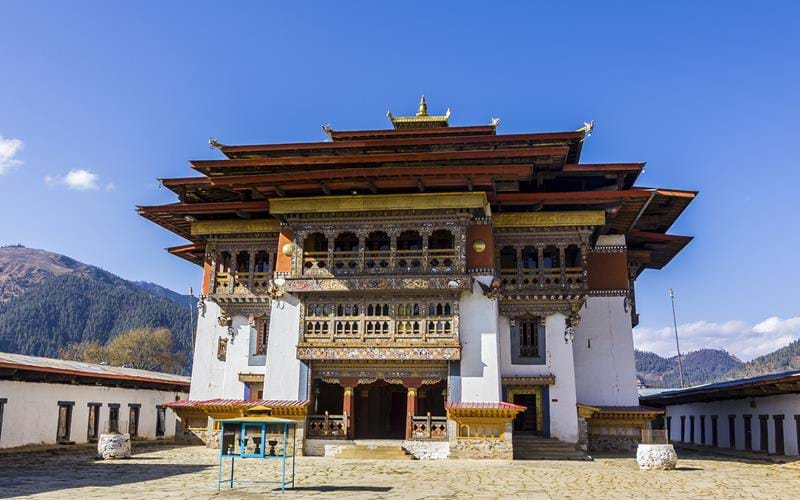
The 17th century dzong at Gangtey is this awesome valley’s prime religious monument, although most visitors come in search of black-necked cranes. A festival in which local children wear specially made crane masks is held in the monastery each November to welcome their arrival. The other major event here is tsechu, which usually falls in October, when monks perform traditional Cham dances in the monastery courtyard. Preserved in one of Gangteng’s inner shrines is one of the country’s more gruesome relics: the hands of a British army officer killed in a battle with Bhutanese forces in 1864.
Accommodation Options
Gangtey
Drive to the Phobjikha Valley today to visit the black-neck crane centre.

Surrounded by snow peaks and old-growth forest, the beautiful Phobjikha Valley is home to a unique conservation initiative, where migratory black-neck cranes, which pass through here in the winter months between October and March, are protected by local wardens and volunteers. The centre provides information about the birds and their migration, and if your visit coincides with their stay in the village you’ll be able to observe them grazing on the valley floor through telescopes.
Accommodation Options
Gangtey - Bumthang
Visit local sights around Trongsa and its dzong today en route to the Bumthang Valley.
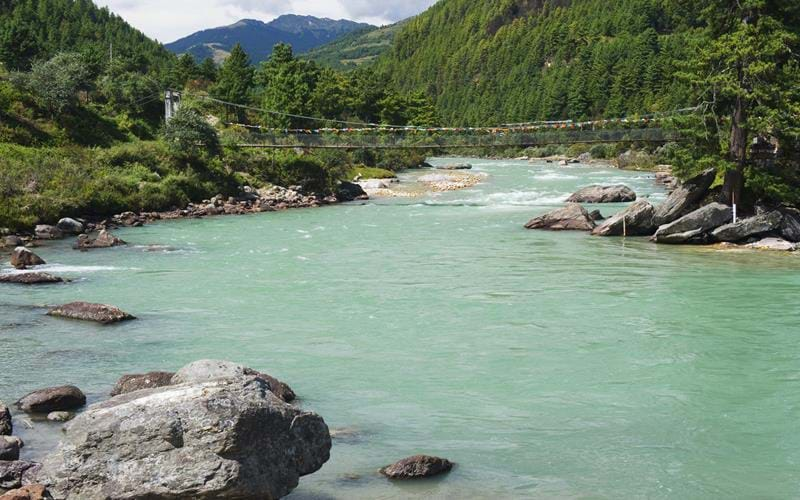
Built on a mountain spur high above the gorge created by the Mangde Chu River, Trongsa is a site rich in Bhutanese history and culture. Its great dzong – the largest in the country – traditionally controlled east-west trade through the kingdom, and was the ceremonial seat of the dynasty that now rules the modern state. The complex contains a wealth of Buddhist art and antiquities, and affords a sublime view over the valley to the surrounding peaks, invariably draped in mist.
Accommodation Options
Bumthang
Explore the Bumthang Valley today in the company of your guide.

Situated in the heart of the country, a crossroads-like alignment of four valleys is collectively known as Bumthang. Until the 1970s when a road was finally constructed through it, this region remained isolated and relatively undeveloped. Today, with its many stories and legends, religious associations, abundant temples and monasteries, it’s regarded as a kind of cultural heartland and a great place to leave your car parked up for a couple of days and take to the footpaths. A succession of picture-book villages line its lower reaches, home to some of Bhutan’s oldest and most revered monasteries.
Accommodation Options
Bumthang - Mongar
Today’s drive to Mongar, where you’ll spend the night, follows the country’s highest motorable road over the Trumshingla Pass (3,780m).
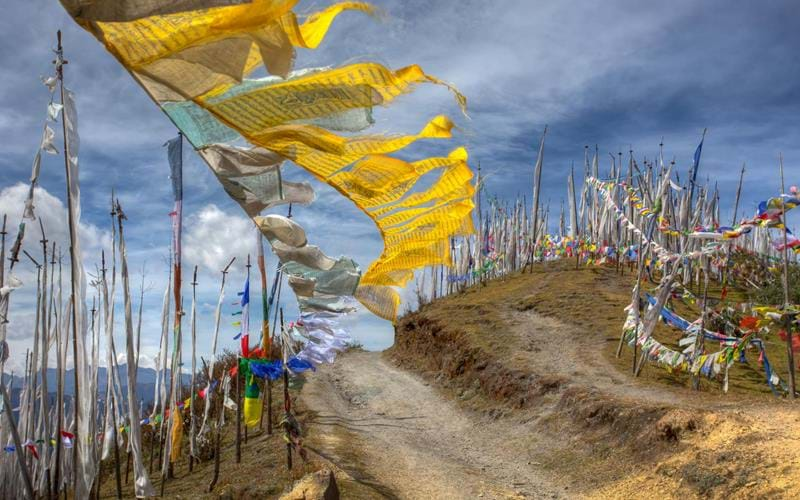
Often snow-dusted in early summer and autumn, Trumshingla is marked with a huge collection of multi-coloured prayer flags and whitewashed shrines intended to bring good fortune to passing travellers.
Mongar town, situated on the valley floor, marks the gateway to eastern Bhutan and is the site of two dzong – one ruined, the other more modern and functioning. There’s little much else to see.
Accommodation Options
Mongar - Trashigang
Drive to Trashigang for a two-night stay.
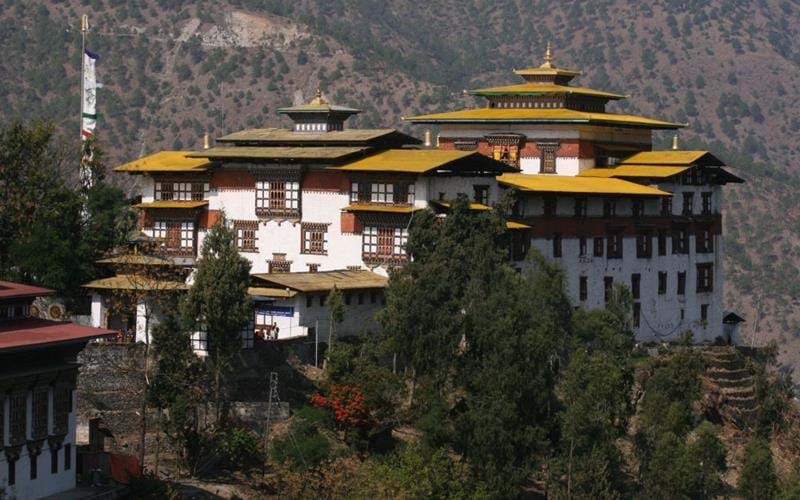
Perched on a hilltop with stunning views of the surrounding valley above the Drangme Chhu river, the beautiful town of Trashigang was once the hub of the region’s busy trade with Tibet. Today, it serves as a popular stopover on the journey to or from Samdrup Jongkhar and the Indian border.
Accommodation Options
Trashigang
Explore the local market today and go for a drive around outlying areas to viewpoints over the valley.
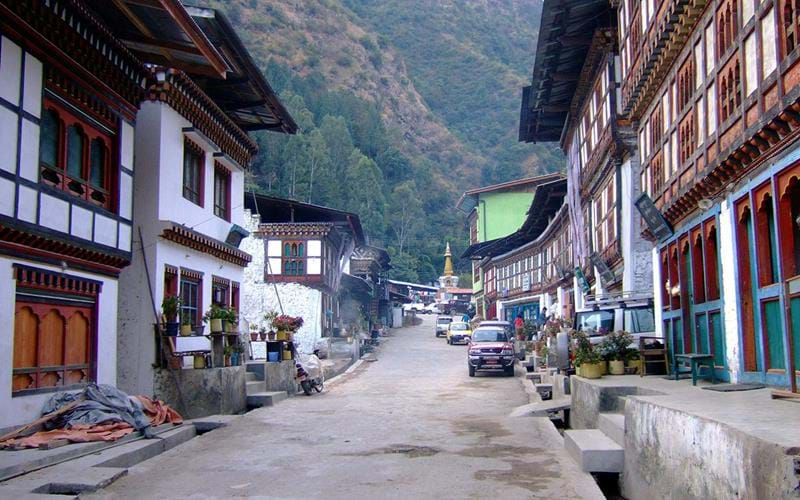
Trashigang was once a bustling trade centre and, today, continues to serve as a popular market place for the semi-nomadic people of Merak and Sakteng.
Overlooking the town is one of Trashigang's principle sites - the Trashigang Dzong or ‘The Fortress of the Auspicious Hill’. Built in the mid-17th century, the dzong suffered damage during the 2009 and 2011 earthquakes and has recently completed its renovation and conservation works. The views alone makes a visit worthwhile, offering spectacular views of the town and its surrounds.
Accommodation Options
Trashigang - Guwahati
Drive to the border down of Samdrup Jongkar today, where you’ll enter India. Continue on to Guwahati, capital of Assam, for an overnight stay.
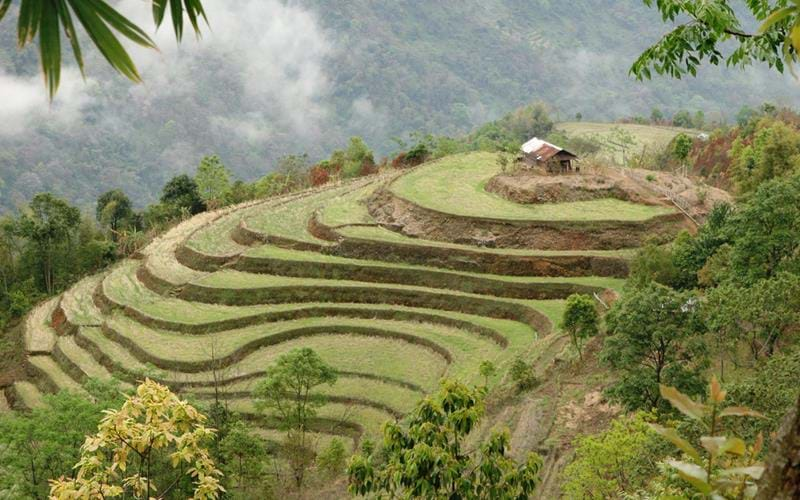
Flanked by hills to the north and south, Assam encompasses the mostly flat, low-lying Brahmaputra Valley. As the site of two revered Hindu temples, its rapidly swelling capital, Guwahati, is a major pilgrimage destination, and also the hub of the region’s tea tourism.
Accommodation Options
Guwahati - Delhi
Fly to Delhi on an afternoon service. Stay overnight.
Accommodation Options
Delhi - UK
Transfer to New Delhi airport to catch your flight back to the UK.
Accommodation Options
Tailor-made Tour 17 days from £8125 per person
What's included
✓ International flights from UK
✓ 15 nights accommodation
✓ All internal transportation and transfers
✓ English-speaking guides
✓ Breakfast daily in India and all meals in Bhutan
✓ Entrance fees to sites and monuments listed in tour itinerary
Places and Experiences in this tour
Plan your Next Adventure
With the Summer almost upon us, now is the time to begin planning your next summer adventures in Asia. Our Travel Specialists are ready to take your call and discuss the adventure you have been dreaming of.
Or call us on 0208 566 3739
